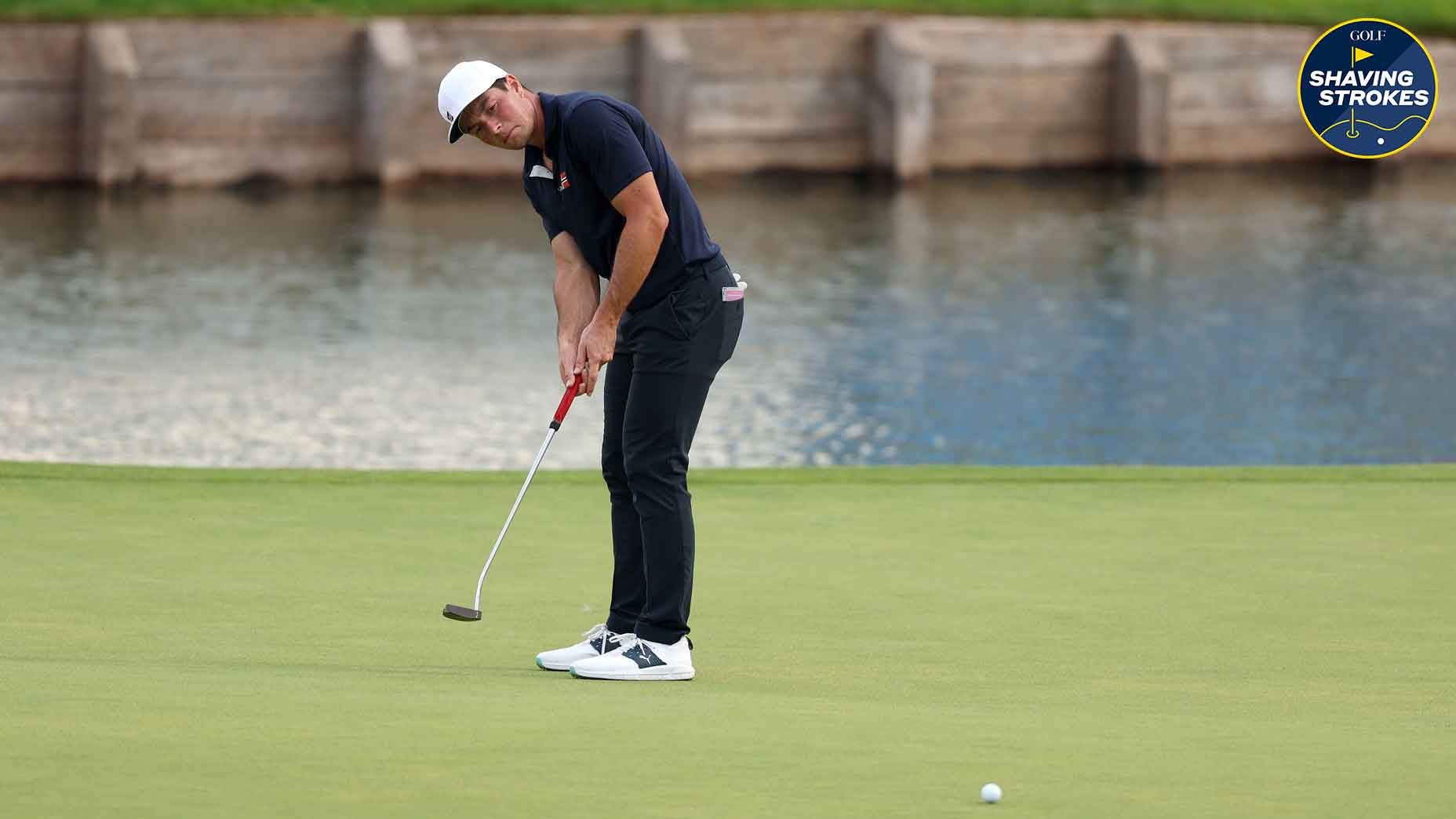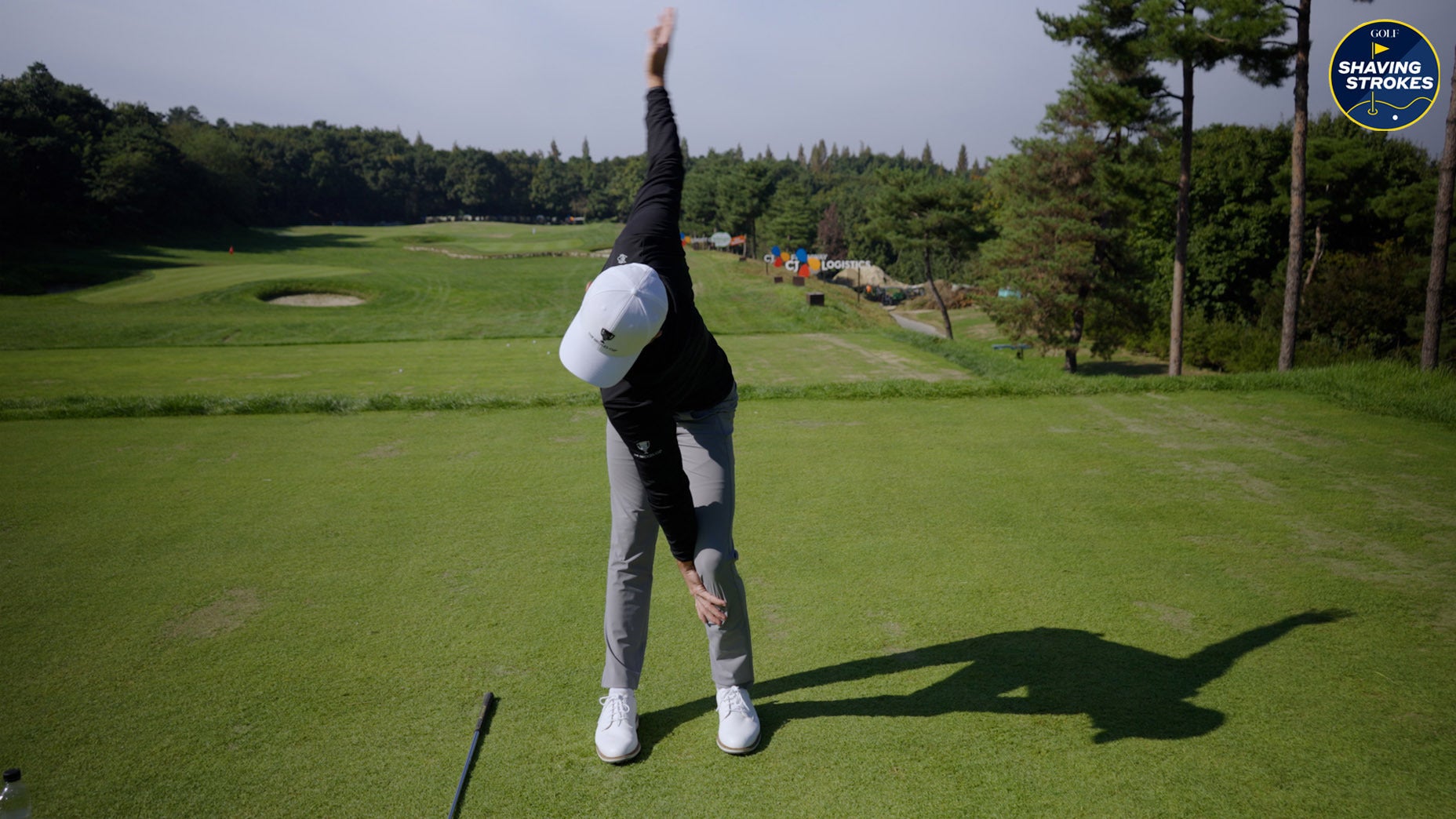Here are two ways to put Dr. Sasho MacKenzie's findings to good use.
Getty Images
Even if you haven’t heard of Dr. Sasho MacKenzie, you’ve likely tangentially benefited from his work. Dr. MacKenzie is one of golf ’s leading biomechanists, whose research influences teachers and players at all levels. On this page, he’s here to help you understand swing power, where it comes from and how it can help your scores. Dr. MacKenzie has recently published a study in Golf Science Journal: “How Amateur Golfers Deliver Energy to the Driver.” It’s an academic look at the key factors that contribute to clubhead speed. Here are two ways to put his findings to good use.

1. Pull Down With Force
The force with which you “pull” down your hands from the top of your backswing is a huge determinant of power. Basically, greater force correlates with higher clubhead speed. As Dr. MacKenzie writes, “Methods of training that increase the average force applied in the direction of the hand path during the downswing have the greatest probability in generating increases in clubhead speed.” What does this mean in layman’s speak? Hit the gym. Work on your lats, your shoulders and any other muscles that increase your pull force from the top.

2. Increase Your Hand Path
While the force with which you pull down is important, it’s what you do on the way up that truly sets you up for speed. Dr. MacKenzie’s study spends a lot of time discussing hand path — specifically, how long it is. “From a more practical standpoint, results from this study suggest that for amateur golfers, increasing the length of the hand path is more likely to increase clubhead speed than rotating the shaft.” Translation: The farther your hands travel going back, the more speed they’ll gather coming through.













